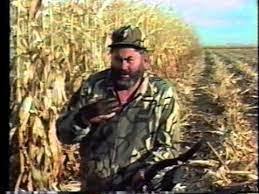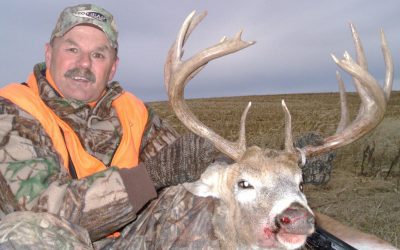Trail cameras are essential tools for many hunters, having evolved over the last three decades from mostly mechanical, film-based still cameras into mostly electronic, digital imaging devices. Modern trail cameras are more effective, easier to use, and have many more features than ever before – plus they’re often less expensive to buy and much less expensive to operate. SPYPOINT Trail Camera’s Trent Marsh takes us through some of the features and ways to use these devices.
|
|
|
Tip 1: Get the Lingo Right.
White-tailed deer and related species (moose, elk, caribou) grow antlers, not horns. Antlers are bony growths that branch, develop in the spring/summer, and are shed each year in the winter. Horns (antelope, goats, sheep, cows) do not branch, aren’t shed, and are constructed of a bony core covered with a sheath of keratin, a protein that also makes up fingernails.
Tip 2: Fast Growth Has a Cost.
Whitetail antlers are the fastest growing tissue in the world, and may grow as much as an inch a day. ‘Velvet,’ a layer of fuzzy tissue with an incredible supply of blood, covers the growing antlers, supplying necessary nutrients for rapid growth. Growing antlers need a tremendous amount of calcium and phosphorus, and if the buck’s diet cannot supply enough of these, his body transfers the minerals from his bones.
Tip 3: Objective: Impress the Ladies.
Growing large antlers takes a lot of energy, so why would evolution develop such a costly headdress? The same reason human males do so many stupid things – to impress the ladies. In selecting a mate for breeding, does prefer bucks with large antlers, which is an easy visual confirmation of good health, genetics, and strength.
Tip 4: Full Potential?
In an effort to impress women, some men buy a flashy car, gaudy gold jewelry, or perhaps a toupee that fools no one. Whitetail bucks have to rely on four things they can’t control to fully grow their antlers: genetics, nutrition, stress, and age. ‘Genetic potential’ refers to the largest possible rack an individual buck could grow under perfect conditions. Most bucks reach this size between 4 and 7 years of age, but higher stress and/or reduced nutrition will result in suboptimal antler growth. ‘Stress’ can be from weather (drought, heat, cold), overpopulation, disease, loss of habitat, or harassment from predators.
Tip 5: Typically Typical.
Most bucks at maturity will have a roughly symmetrical rack of 6 to 10 points – this is a ‘typical’ rack. Nontypical racks are not symmetrical and can have dozens of points, often with wildly varying lengths. Nontypical racks can arise from genetics, injury, or health problems (such as hormone imbalance). A nonsymmetrical rack may be the result of an phenomenon called the ‘contralateral effect,’ where a serious injury on one side of the animal results in an irregular rack on the opposite side. For example, an injured right leg can produce a deformed rack on the left side.
Tip 6: Gender Benders.
Biologists estimate perhaps one in 10,000 female deer grow antlers, which are usually oddly shaped, spongy, shaped like a cactus, or never lose their velvet – but hardened antlers do occur. Most antlered does are a result of excess testosterone, and sometimes the doe is a true hermaphrodite, possessing both male and female reproductive parts. Game regulations typically refer to ‘antlered deer,’ so if you have a ‘buck tag’ and you shoot an antlered doe, you should be legal.
Tip 7: The Downside.
A buck with a large, symmetrical rack will attract attention from does and may increase the chances of mating. However, that big set of antlers will also attract the attention of hunters, and a well-placed shot will totally reduce the chances of mating – like, to zero.
For more information on WTU, check out their web site www.whitetailsunlimited.com and like their Facebook page at www.facebook.com/whitetailsunlimited
« Top »







0 Comments